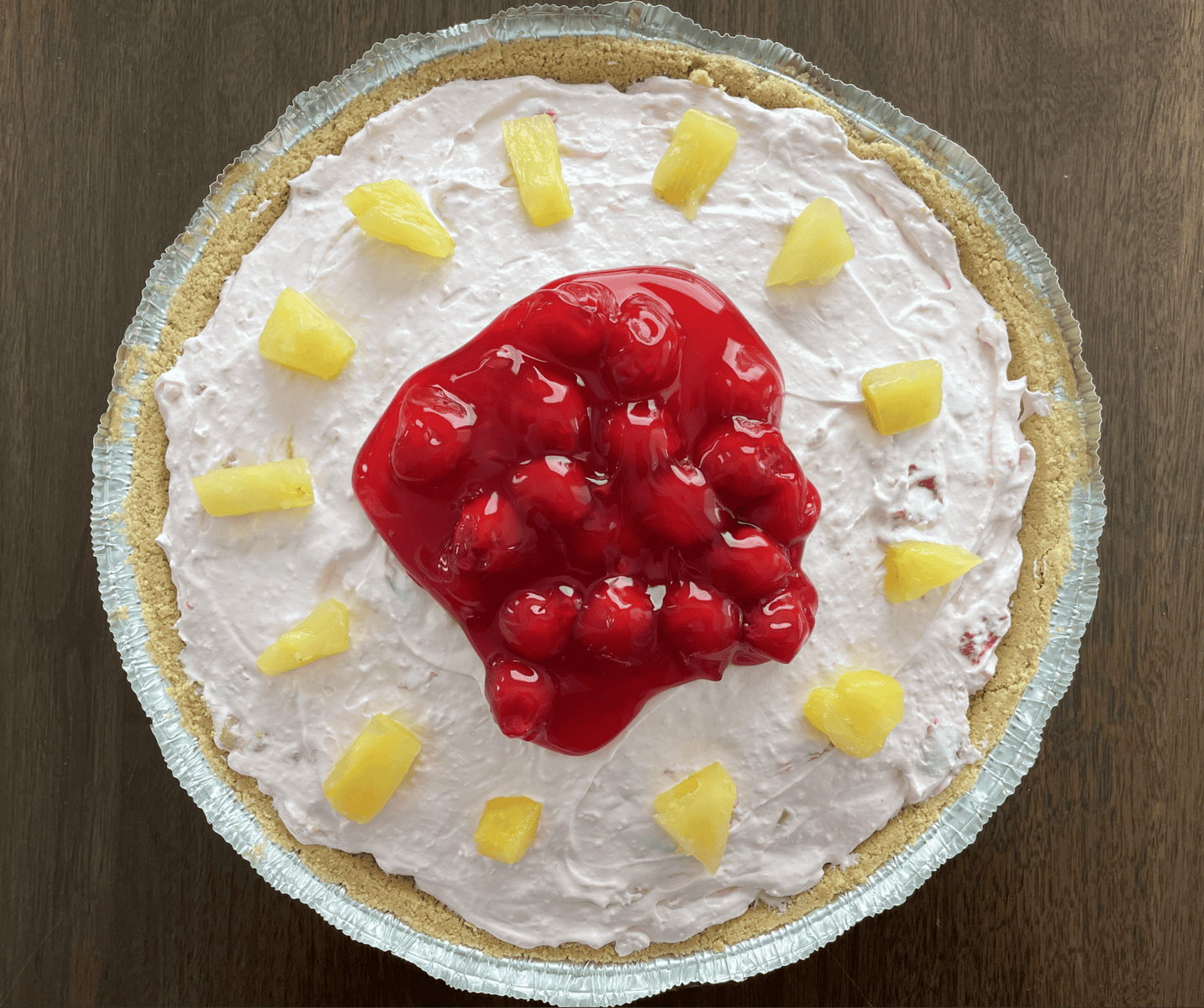Most people will tell you to avoid freezing custard at all costs. Why? Because when it comes to thawing custard, it will split and look absolutely nothing like you expected! But, is this actually the case? Is it possible to store it in the freezer?
Can You Freeze Custard?
Yes, you can freeze custard for up to 3 months. You need to take good care during the freezing process to ensure your custard freezes well and you’re not just left with a watery mess!
Does Custard Freeze Well? No
Can You Refreeze Custard? No
How to Freeze Custard
Despite what many people will lead you to believe, freezing custard is indeed possible! The way to save your frozen custard and restore it to its former glory is to treat it well when you’re thawing it. But we will get to that later.
In the meantime, here are the steps you need to follow to freeze your custard:
- Allow Custard to Cool: If you’ve just finished preparing your homemade custard, you will need to leave it to cool before you set about freezing it.
- Transfer Into a Freezer-Safe Container: You must separate your custard into portions before freezing it. This is because the custard splits when it’s frozen and thawed, making it extremely difficult to break it into portions and refreeze.
- Label and Freeze: Write the date that you prepared the custard, as well as the use-by date, on the top of the freezer-safe container. Then place the container in the freezer for up to three months.
3 Tips for Freezing Custard
Now you know how to freeze it, we’ve got our 3 top tips which we strongly recommend following when freezing custard to have the best results:
It Won’t Become Ice Cream
Some people elect to freeze their custard and turn it into delicious custard ice cream!
While this is perfectly possible, it requires some further steps that include aerating the custard while it’s freezing, so don’t expect your custard just to freeze like ice cream without following a specific recipe!

Avoid the Microwave
The process of freezing custard is easy; it’s defrosting that is a bit of a challenge, and we will get to the defrosting steps shortly. However, we don’t recommend defrosting your custard in the microwave, as this will make the texture even more difficult to get back under control.
Consider Portion Sizes
If you’re freezing a batch of custard and don’t intend to use it all at once, separate the custard into smaller portions and freeze them in freezer-safe bags.
As already mentioned, it becomes difficult and messy to try and separate custard once it has already been defrosted, as you need to work hard to restore it to its desired consistency.
How Long Can You Freeze Custard?
You can freeze custard for around three months.
When it comes to defrosting and reheating your custard, don’t be alarmed at the way it looks! When it’s separated and watery, you will likely think that you’ve made a grave mistake. But, fear not!
The following section tells you everything you need to know about restoring your custard when it comes to defrosting.
Custard will quickly lose its freshness when stored in the fridge. It can be kept in the fridge for up to 3 days in a covered bowl.
How Do You Defrost Custard?
You will need to invest a little time into defrosting your custard to ensure it returns to the desired texture. You can do this in several ways, but the following steps are tried and tested and will give you the delicious custard you want.
- Place on the Counter: Take your custard out of the freezer and allow it to thaw at room temperature for a couple of hours.
- Place in a Heavy-Based Saucepan: Tip all of the contents of your separated custard into a heavy-based saucepan and place it on the hob.
- Heat and Whisk: Heat your custard on the lowest possible setting on your hob. You should whisk it every twenty seconds or so, ensuring no custard gets stuck to the bottom of the pan.
- Warm Further and Add Milk: When your custard is warm to the touch and starting to form a better consistency, you can increase the heat slightly, add 15ml (1 Tbsp) of warm milk per 200g custard, and stir continually with a wooden spoon for around two minutes.
- Remove from the Heat: When you’re confident that your custard is the texture you’re looking for, remove it from the heat before it begins to boil. You should then have the perfect consistency you were hoping for!

Can You Refreeze Custard?
We wouldn’t recommend refreezing custard.
As we’ve mentioned throughout, custard splits and requires some TLC to return it to the desired texture. If you refreeze it, you will struggle to get the texture that you’re hoping for.
Does Custard Freeze Well?
Custard doesn’t freeze overly well and will split which is also why we advise against freezing desserts such as trifle.
However, this doesn’t usually affect the taste, and you will find that homemade custard will taste as good as it does fresh after it has been frozen and thawed.
If you’re worried about the texture and the effort it takes to return your custard to the desired consistency; you could always try making custard ice cream instead!
Related FAQs
If you’ve still got questions about freezing custard or custard in general, then these may help:
If you freeze custard, it will turn solid like most things in the freezer. Problems arise when you come to defrost it. Chances are it will split and become grainy. However, if you take time to defrost it using the method outlined above then you can have perfect custard from the freezer.
There is a misconception that frozen custard is basically ice cream – after all, you make a custard base to create ice cream. But can you eat frozen custard? While it is likely to be safe to do so, the texture won’t be smooth and you will struggle to actually enjoy eating it.
Custard pie can be frozen, but it’s not the best dessert to freeze. The filling will become grainy and it’s impossible to rectify.
Sources
We have verified the information on this page using the following resources:



I made three different custards (vanilla, chocolate, and cheesecake) for donuts that I made last weekend or so. There’s still a good portion of it left, so I think I’ll follow the suggestions of this article and freeze them…but as ice cubes, so I can drop them into milkshakes (and maybe smoothies) at a later date. I made brownies to try eating the two together (kinda like one would a brownie alamode), but the combination is much too sweet for me.
Thank you for the article!
Glad it was useful for you 🙂
Thank you for the article. you did not mention how much milk to add at a time and if the milk should be warm or at room temperature. Would be most helpful if you could add this tidbit.
Great question! We’ve updated the article, to include the following: When your custard is warm to the touch and starting to form a better consistency, you can increase the heat slightly, add 15ml (1 Tbsp) of warm milk per 200g custard, and stir continually with a wooden spoon for around two minutes.